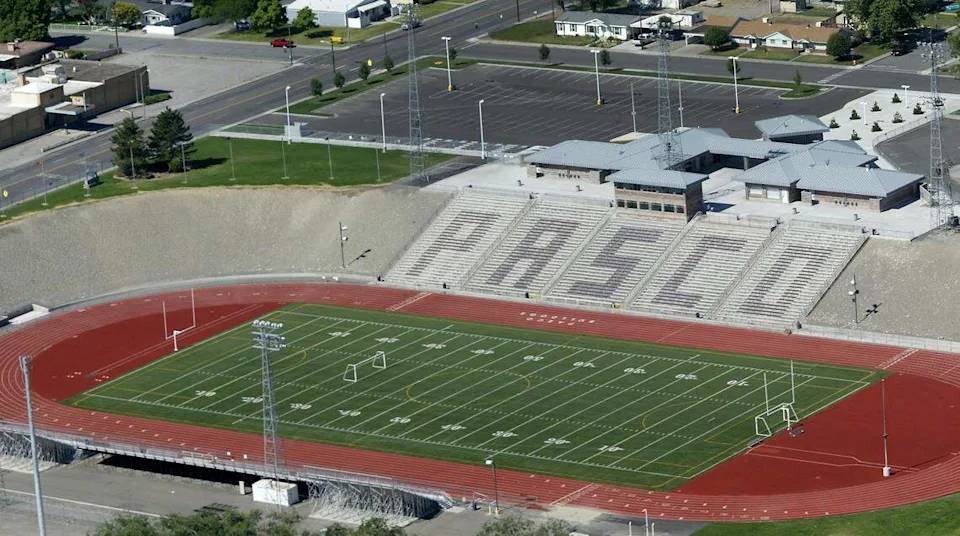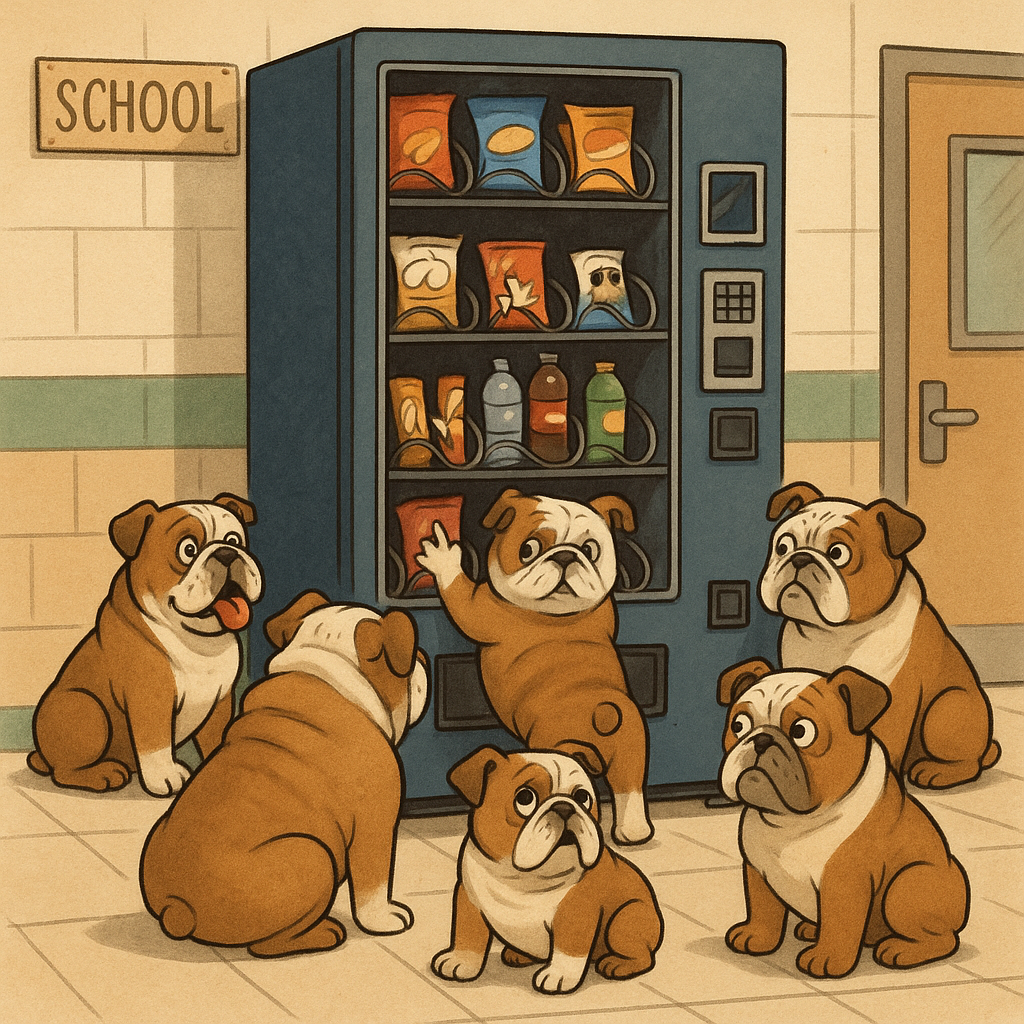This article examines the air conditioning issues at PHS, investigating why these systems frequently malfunction, as reported by teachers and students. To gather more information, I interviewed a teacher, two students, and the Vice Principal.
I first asked them for their opinions on the PHS air conditioners. Mrs. Paul Brook, an environmental science teacher, remarked, “It’s a very old system; I’m glad it’s getting updates.” Her comment indicates that the air conditioning systems have seen better days, making it understandable that they would break down or malfunction.
Student 1, Selene, mentioned, “It’s a little bad,” adding, “In the classroom I’m in right now, it’s always fricking hot.” She expressed that she often leaves class sweating due to the heat. Student 2, Mayra, said, “It’s very annoying,” clearly demonstrating her frustration with the air conditioning situation.
Vice Principal Mr. Baker stated, “The systems are very old and in a state of disrepair, so they need to be replaced.” This indicates that the air conditioners are beyond repair and are being replaced.
The next question I asked was why some classrooms need to use fans. Mrs. Brook explained, “Each section of the building has its own system.” She noted that when one air conditioning unit breaks down, that section of the building lacks air conditioning, necessitating the use of fans. Selene commented, “Because the air conditioning does not work,” referring to her classroom’s lack of cooling. Mayra added, “The air conditioner is either always broken or they just don’t turn them on,” so the fans serve as a temporary solution.
Mr. Baker also explained, “They’re in the process of replacing all of the air conditioners. They aren’t working correctly, so the rooms get warm; when that happens, we bring in fans to help.” Although the fans provide some relief, they do not fully address the issue.
I then posed separate questions to each interviewee. I asked Mrs. Brook how often her air conditioning system fails. She stated, “Not often,” but mentioned experiencing issues just last week. I also inquired how long it takes to receive a response after submitting a report about the lack of air conditioning. Mrs. Brook said, “I submitted a report three times in a row over one week,” and they got back to her a few days later, indicating that they were waiting for a part for the system. Overall, she said the air conditioning is “okay,” only having trouble last week.
To the students, I asked how hot it gets in the classroom without air conditioning. Selene responded, “I’m sweating in the classroom when they have no air conditioning,” adding that “the fans don’t even work that much because they’re always just blowing hot air.” She finds it uncomfortably hot. Mayra replied, “It tends to get very humid,” reflecting on her experience in geometry class last year.
I asked Mr. Baker three additional questions. I asked how many reports of non-functioning air conditioning they receive, to which he answered, “Probably three or four a day,” indicating a significant volume of complaints. I then asked why some units break down, and he stated, “They’re just old; they have worked many hours.” Lastly, I inquired about how long it takes to fix an air conditioner. Mr. Baker explained, “Right now, we’re not just fixing individual air conditioners; we’re replacing all the ones that are in bad condition in the main building.” He noted that this process began last week and they plan to replace two air conditioning units per week, which means it could take until February to complete all necessary replacements.
In summary, it appears that while efforts are underway to resolve the air conditioning issues at PHS, it will take time to restore them to full functionality. Teachers are being heard, but replacing the air conditioners requires patience. Soon, students will no longer have to endure hot classrooms with only fans for relief.








